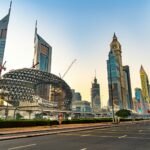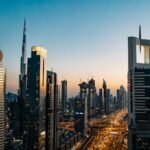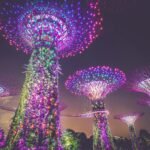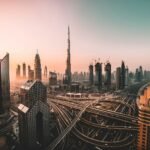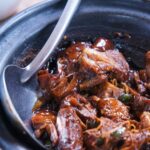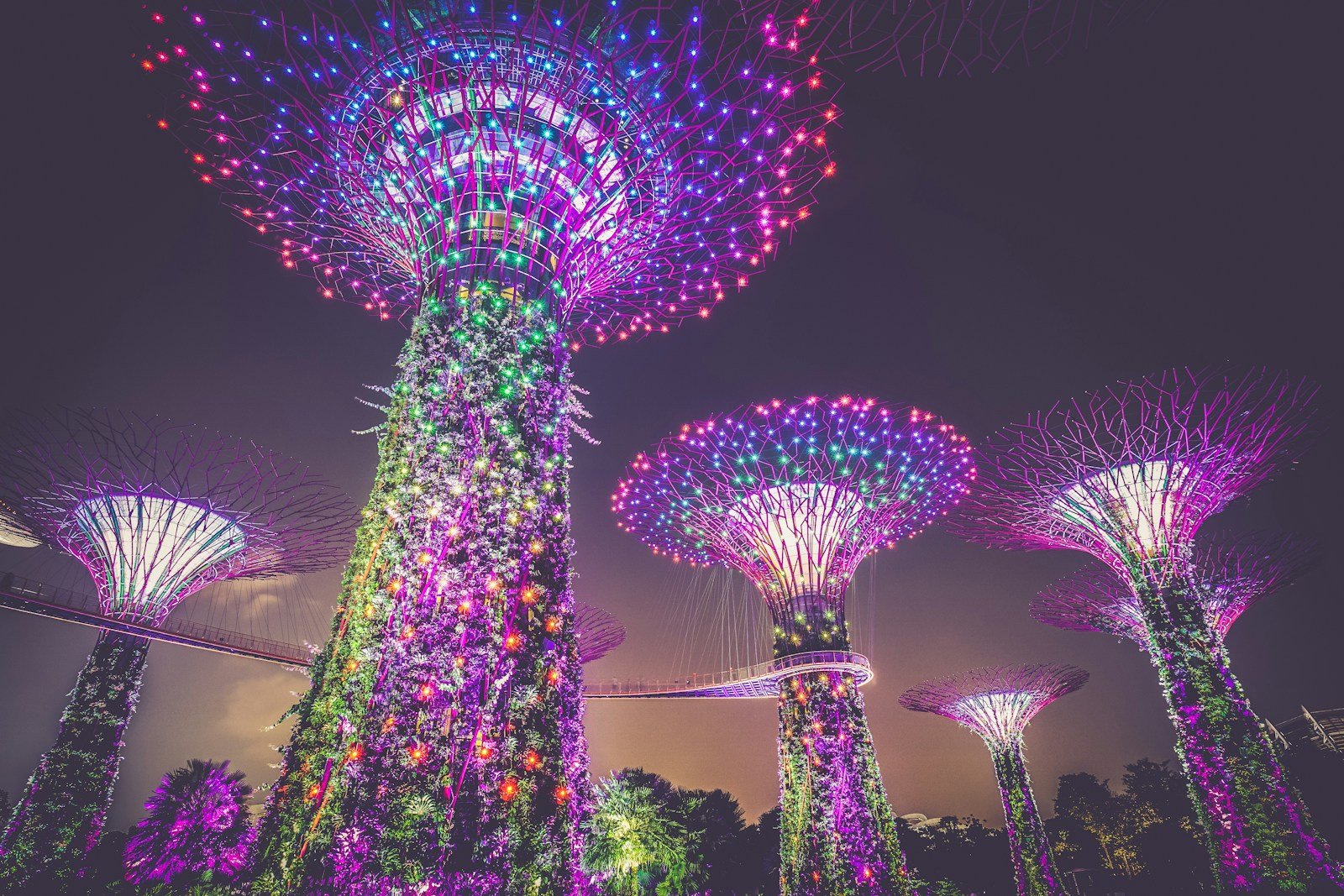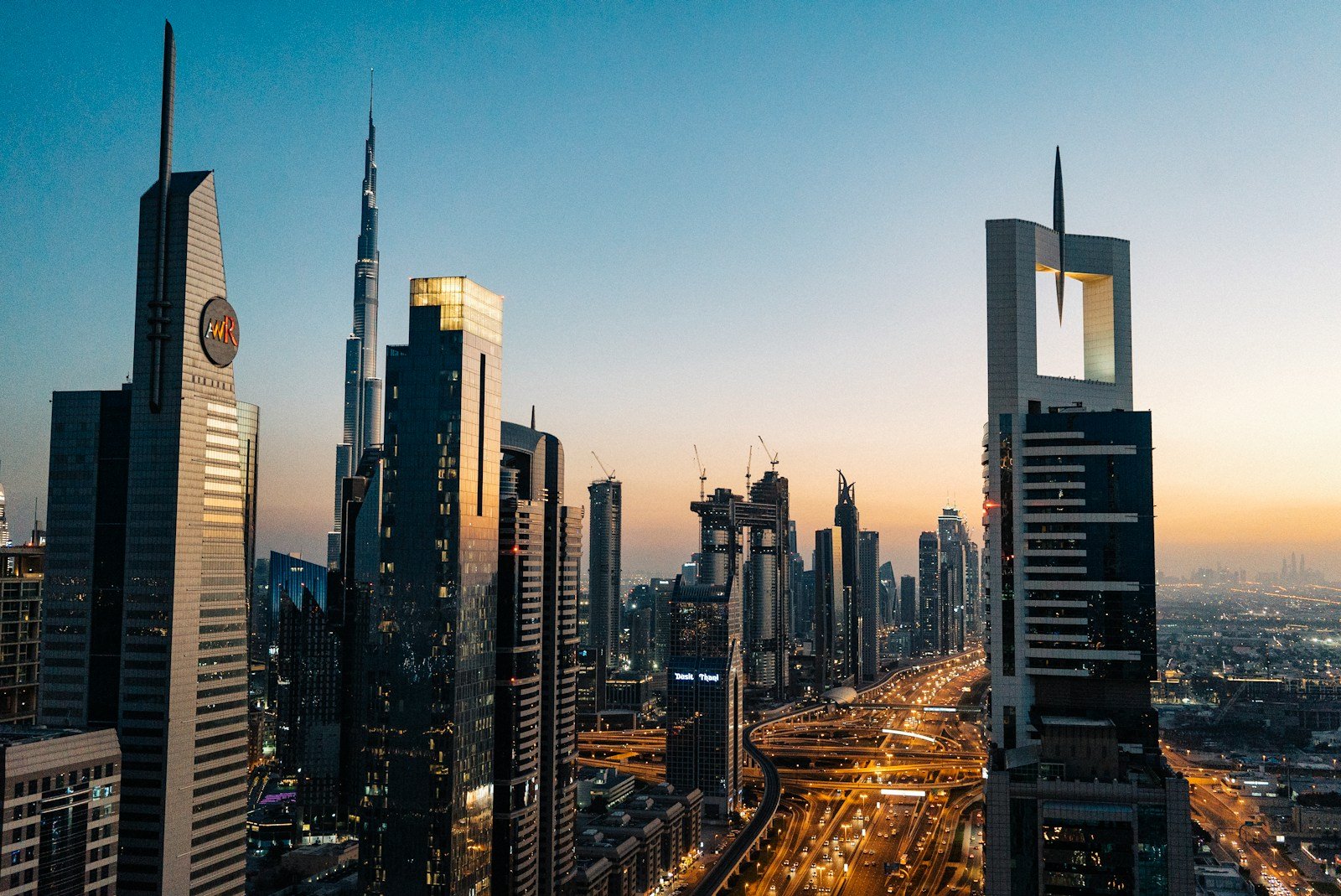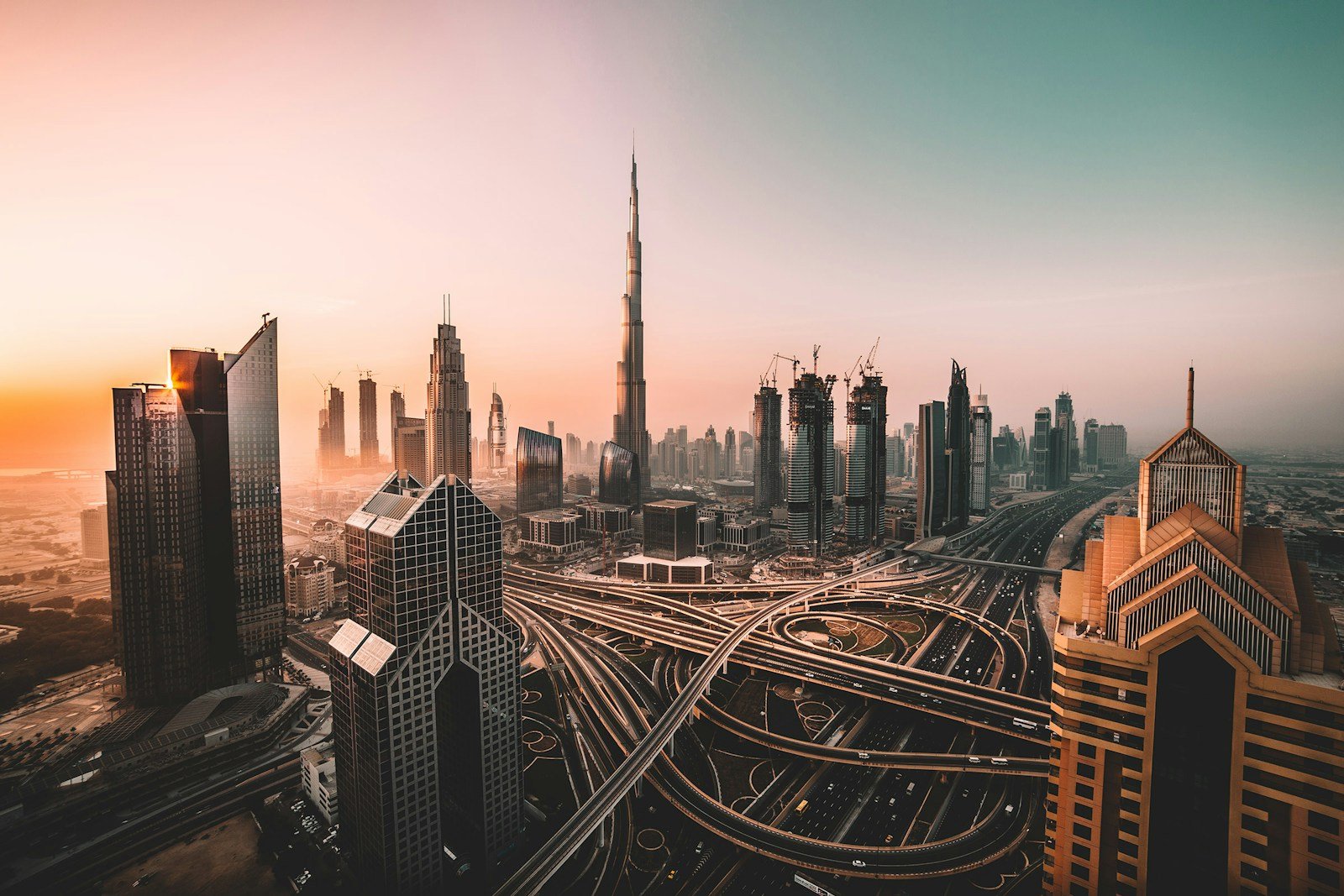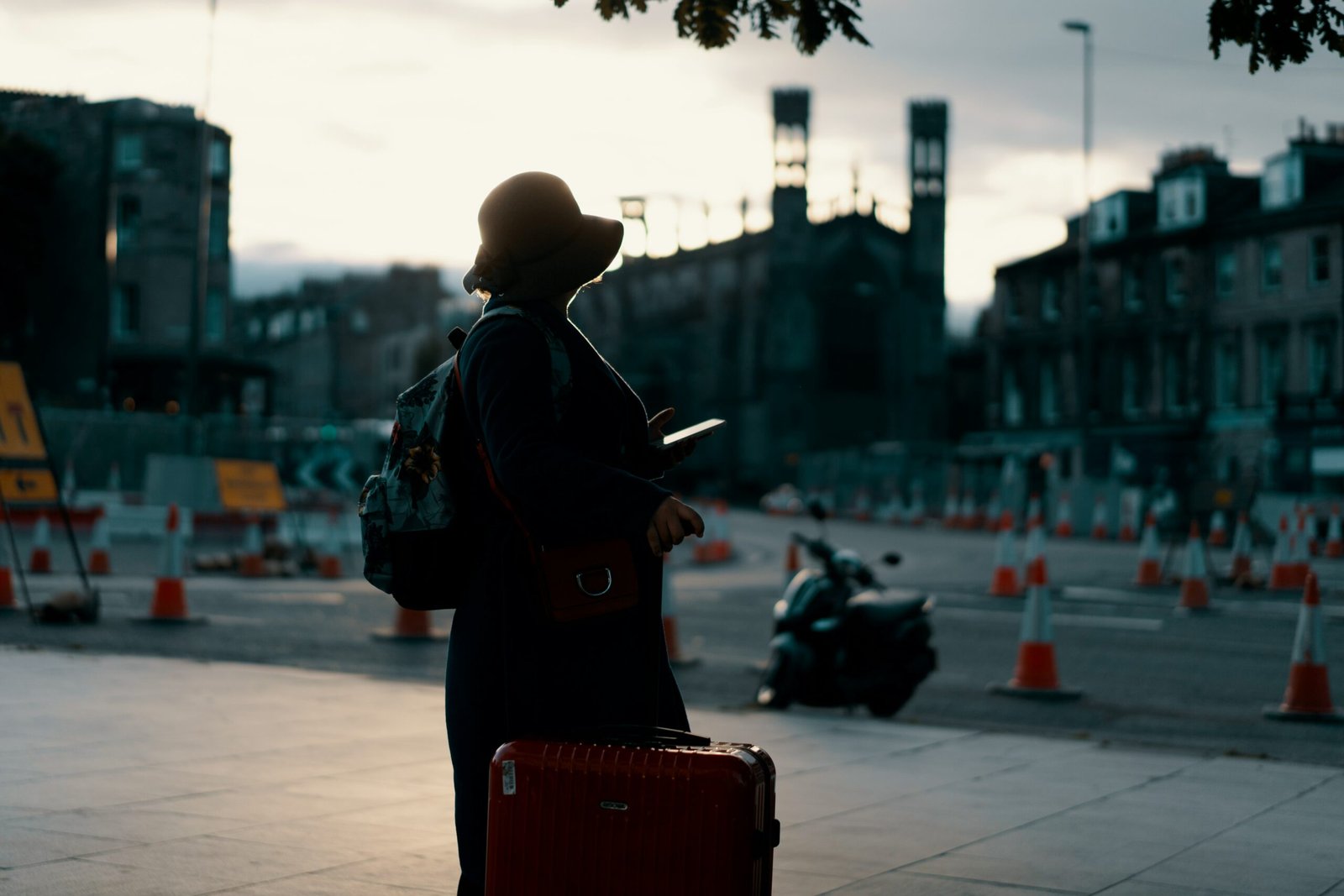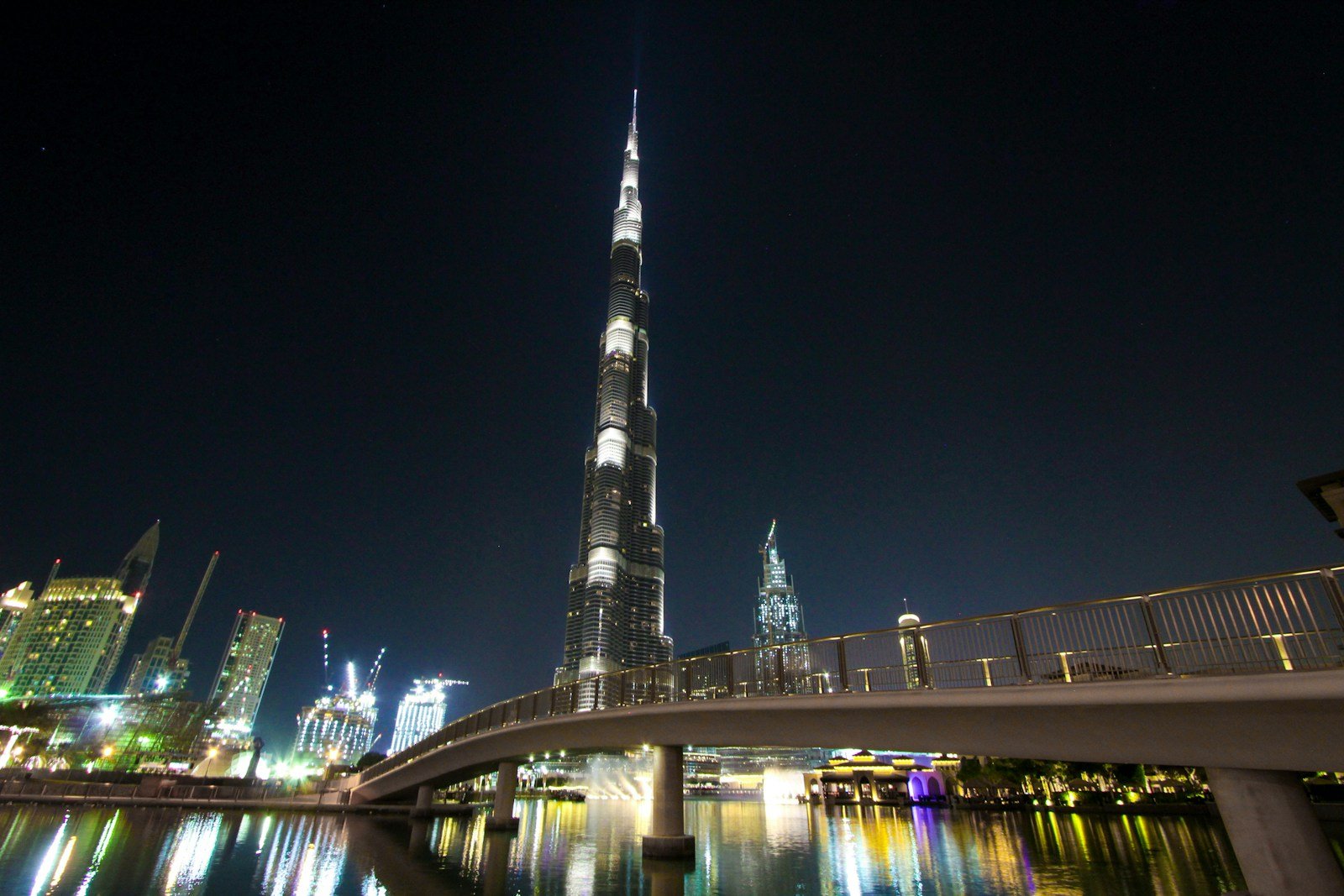Singapore is a small island country situated just above the equator and is blessed/cursed with a tropical rainforest climate. This type of climate refers to a climate that is hot and humid all the year round, which makes cities with this type of climate a tourist destination all year round. The temperatures of the climate in Singapore are mildly fluctuating, ranging from 25-31°C (77-88°F). This steady temperature is combined with high relative humidity that, in many occasions, surpasses the 80% mark, which makes the weather warmer than the numerical value indicates.
Singapore’s climate is further influenced by two main monsoon seasons: these include the Northeast Monsoon as well as the Southwest Monsoon. The Northeast Monsoon is from December to the early part of March with an ‘almost’ cool climate with tremendous thunder and showers, especially in the central part during the afternoon and evening. On the other hand, the second monsoon or the Southwest Monsoon is felt from June to September, where the climate is a little dry with a steady flow of air, though there may be lightning and sporadic showers.
In between these monsoons, Singapore has what is referred to as inter-monsoon times that prevail during April-May and October-November. The inter-monsoon period is characterized by charged weather, which includes scattered showers and thunderstorms, though not as severe as the periods under the monsoon.
Singapore receives rainfall almost on a daily basis, and the average annual rainfall stands at about 2,340 millimeters, making the rains almost constant all year round. However, these rainfalls are more often short and refreshing when the heat of the tropic is felt.
Besides having evenly spread rainfall throughout the year, Singapore is characterized by small variations in the day and night. Here, the city-state has approximately 12 hours of daylight throughout the year, and therefore it will not be difficult for the tourist to organize the activities of the day, knowing that the period of the day with the sun shining will not be different throughout the year.
Knowing more about Singapore’s climate helps in planning for the most suitable vacation. Regarding the climate, one can expect a warm climate at any time of the year and recurrent rainfalls. It is advisable that any visitor makes necessary preparations to enhance their stay.
Singapore is one of the most colorful cities in the world with great cultural diversity and therefore acts as the major city break destination. However, long holidays are witnessed during the period December-February, which are labeled as the high tourism periods, associated with the end of the year festivities and the New Year celebrations. These are the months when tourists can notice a greater flow of people at famous tourist sights, and prices for accommodations rise much higher than during the low season because the demand is rather high.
Among these months, some of the crucial occasions are the Chinese New Year that is observed between late January and early February. Cities like the streets of Singapore transform into the red-lit dragon, vibrant lion dances, and crowded Hong Kong markets. Unlike most other festivals, this major event is not only a great feast of arts but also a gathering of Chinese culture, revealing the roots of Chinese culture and traditions through folk arts and magnificent food.
When spring transforms itself into summer, the Muslims celebrate Hari Raya Puasa to alleviate the fasting of Ramadan. This period is symbolized by the markets where people sell different items and there are feasts, where people converge to pray and also celebrate. Thus, tourists who are planning their trip during this period can feel the true atmosphere of Ramadan and Hari Raya Puasa, thereby adding the cultural values of the country to the list of excursion sights.
As the seasons change towards the fall period, Deepavali or the Festival of Lights comes to life, especially in areas and districts like Little India. Being a festival cherished by the Hindus, there are lively light installations, art depictions of Rangoli, and scrumptious sweets that epitomize friendly ambiance and joyous fun for both the citizens and tourists.
Finally, the Singapore Grand Prix that takes place in September every year turns the city into a motorsport theater. It is one of the most colorful annual F1 events across the globe, attracting visitors not only to see the race but also to enjoy entertaining programs, concerts, and a variety of nightlife facilities, which contribute to the tourists’ experience.
Travelers planning their trip during these seasons and festivals should expect an amazing balance between the cultural side of Singapore, festivals, and the energy of the country. Of course, they should remember that many facilities may be crowded and rents are relatively high compared to the average level, but in return for these shortcomings, numerous opportunities to spend an interesting and friendly time in one of the most fascinating states of the Asian region will be provided.
Therefore, deciding to travel to Singapore during some of the low seasons, normally from March to May and September to November, will make your vacation even more enjoyable. This is usually the time that might attract relatively fewer tourists, and this is an added advantage since you do not get your plans for the day disrupted by hordes of tourists.
Advantages of Going on a Holiday to Singapore During the Off-Season
One of the most persuading issues why one should organize their vacation in those periods is the comparatively low price on hotels. With a decline in the number of tourists, the hotels lower their prices with large offers and better options. Lowered prices mean that it is possible to get relatively expensive lodgings at comparatively cheaper rates that are within one’s budget, as opposed to during the peak season.
The same applies when one plans for a vacation trip in Singapore during the off-peak seasons, mainly because this comes with little or no carryings around, that is, little or no hustle and bustle in cases of some notable attractions such as the Gardens by the Bay or Universal Studios Singapore. In contrast to other years, when these places are heavily visited and tourists have a definite schedule, you will be able to admire the beauty of these places and their history calmly and without a tight schedule.
Further, during the months under consideration, there are distinct chances that securing a reservation won’t be quite as challenging. Restaurants and tours are generally more open-ended, and it is easier to make changes and agree on when and what to eat/tour with less stress. This makes the vacation likely to be more enjoyable and fitting better with one’s likes and timetable.
This is the time of the year that, despite not being a rainy season, does experience some showers once in a while, so it’s best to pack an umbrella at least occasionally. A simple raincoat or an umbrella that one can carry around can easily help prevent the occurrences. Also, there are indoor activities including museums and shopping malls in case the weather conditions turn bad.
In sum, picking the off-peak vacation time period in Singapore is not only constructive in trimming down expenditures but also reduces stress levels and provides total freedom for Singapore’s cultural and attractive sites.
A Guide to Areas, Bigger and Smaller, by Season
Another positive factor is that Singapore has a tropical climate that prevails throughout the year, adding a nice plus for tourists in search of an exciting vacation. Daily temperatures are usually between 25-31°C and general knowledge about seasonal events and sights is very helpful in rendering the stay more enjoyable.
Spring (March to May)
Spring in Singapore often is a time when the sky wakes up from the shades of grey and culture comes alive. After that, one special festive month is Hari Raya Puasa, followed by another culturally relevant event—Vesak Day. For lovers of nature, it is quite possible to enjoy the burgeoning of the Singapore Botanic Gardens at its best. Moreover, it is also a perfect moment for various gastronomic experiences while being in Singapore during the Singapore Food Festival.
Summer (June to August)
The summer is relatively warm, though this is not a good time for tours as most are enjoyed indoors while one shops. The Great Singapore Sale is one of the best shopping promotions anyone can go for with superb goods at amazing prices. For the lovers of arts, the Singapore International Festival of Arts has a host of entertaining performances such as theatre and dance. Other tourist attractions like Marina Bay Sands, where tourists can swim at the SkyPark and the infinity pool, or may take a stroll at the Gardens by the Bay, can cool tourists from the scorching heat.
Autumn (September to November)
The world is and should be an open book; there is no better time to be outdoors—perhaps this aptly describes the season of autumn in Singapore. One of the famous celebrations of China is the Mid-Autumn Festival, which is held in September and introduces lantern shows and mooncakes. October is special due to the streets roving up for the Singapore Grand Prix, a great delight for car enthusiasts. It is also the best time to visit the Singapore Zoo and Night Safari because the days are slightly cooler.
Winter (December to February)
Singapore is indeed a land with a proposition to love in any season, and if one has to pick the festive season to be in Singapore, it surely is a right decision. Christmas in Singapore has beautiful illumination on Orchard Road; Chinese New Year is celebrated in February with bright processions, dances of lions, and stunning ornaments. Holiday destinations such as Sentosa have fewer people around during these months, providing a good atmosphere. Sightseeing and mostly enjoying local food at hawker centers, which are recommended to visit during walking tours, too, can also be done indoors in case of occasional rain.
Of course, the multiethnic neighborhoods are always worth visiting no matter the time of year in Singapore. Little India, Chinatown, and Kampong Glam are rich in heritage and food tastes of the diverse ethnic groups. Singapore organizes many activities throughout the year, and some are organized as a part of the four seasons so that the traveler is always busy with things to do.
